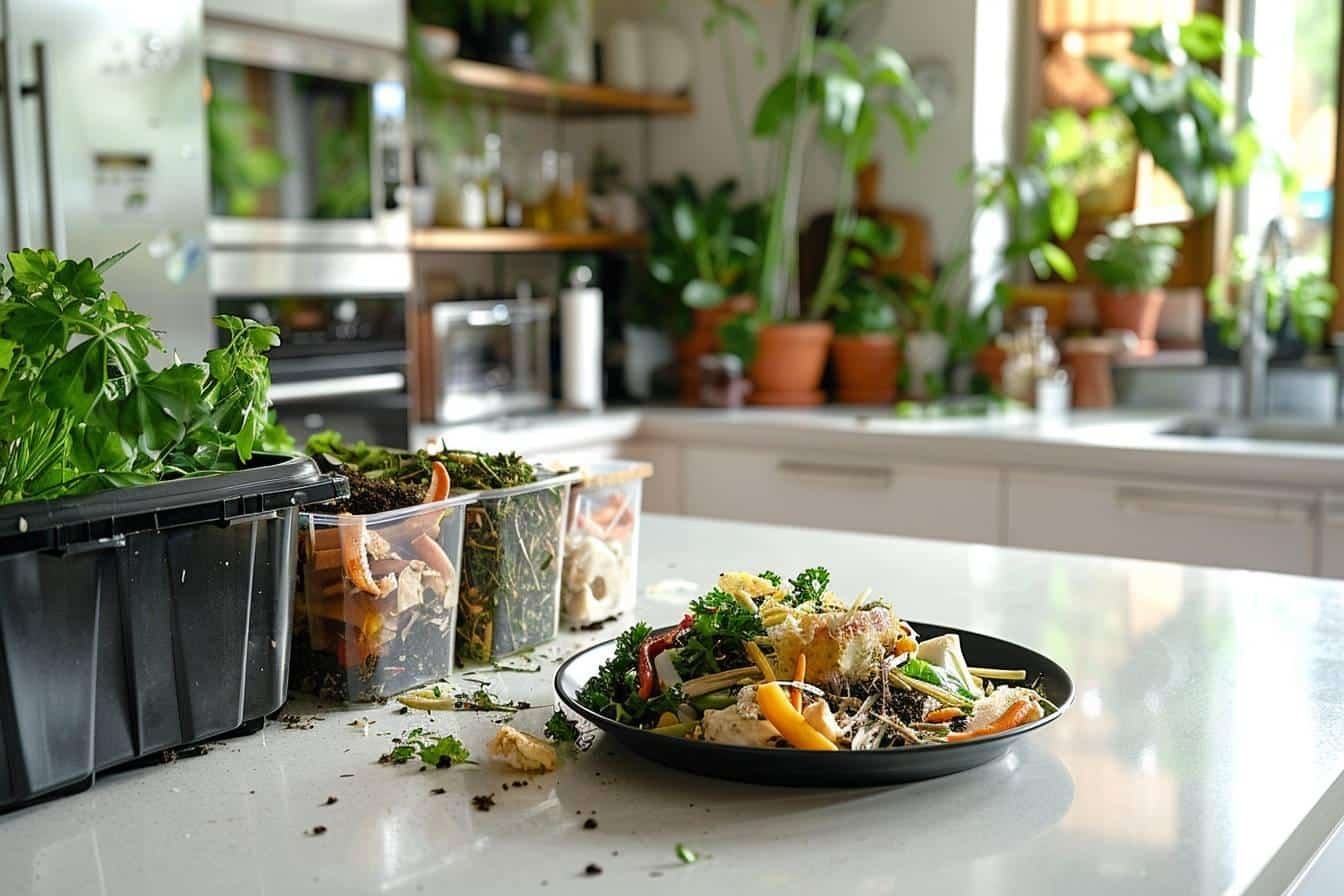The axolotl, this strange creature with fringed gills, is fascinating. Many people want to know more about its diet to ensure its well-being in captivity. Understanding its dietary requirements is essential to ensure a long and healthy life for this amphibian. So let's take a look at what an axolotl needs to eat to stay fit.
The axolotl, a carnivorous animal
As a freshwater carnivore, the axolotl feeds on a variety of animals. Its diet is rich in proteins and nutrients that are essential for its growth and health.
In its natural habitatThe axolotl hunts and eats small fish, larvae, insects, tadpoles, worms, prawns and other small freshwater crustaceans. These varied prey provide it with the proteins and fats it needs for its development. It is essential to reproduce this regime as faithfully as possible when in captivity.
For axolotls in captivity, choose quality food, whether live or inert. Visit pellets are an excellent option, as they are specially formulated to meet their needs. These pellets should be high in protein and low in fat to match their natural diet.
In my department, I often recommend pellets from brands renowned for their quality. In particular, it's crucial to choose pellets suited to the size of your axolotl. For example :
- Pellets for young axolotls : suitable for axolotls under 10 cm.
- Pellets for sub-adult axolotls : for specimens between 10 and 15 cm.
- Pellets for adults : suitable for axolotls over 15 cm.
I also advise you to vary your diet by including live foods. Visit small live fishFish, such as guppies or zebrafish, are excellent options. However, it is essential to quarantine them before introducing them into the aquarium to avoid any contamination.
When should I feed it?
The frequency with which axolotls are fed varies according to their size and age. Young axolotls require more frequent meals to support their rapid growth. Adult axolotls, on the other hand, have a slower metabolism and risk obesity if overfed.
Here is a general guide to feeding frequency according to size:
- 1-5 cm: 3 to 4 times a day
- 5-10 cm: 1 to 2 times a day
- 10-12 cm: 5 times a week
- 12-15 cm: 3 times a week
- 15-20 cm: 2 to 3 times a week
- Over 20 cm: 1 to 2 times a week
Feeding an axolotl every day is not necessary for adults, as their digestion is slow and can take up to a week. A good indicator of a well-fed axolotl is a belly as large as its head.
To avoid polluting the water, it is essential to remove any leftover food after about 30 minutes.

Feeding kit for axolotls
To make feeding easier, there is a range of equipment and kits specially designed for axolotls. When I give advice in pet shops, I often suggest practical tools for new owners, such as a feeding kit complete. Here are a few essential elements:
- Feeding plate: useful for preventing kibble from being scattered around the aquarium.
- Curved feeding tongs (25 cm): allow you to feed the axolotl without plunging your hand completely into the water. Be careful, however, not to turn this into an assisted feeding habit.
- Pellet box: for storing pellets in a dry place.
You can use these tools to prepare a varied diet. Earthworms, for example, are an excellent source of nutrition. I remember one customer who collected them from his garden and fed them to his axolotl with great success. On the other hand, avoid worms from fish shops.
Tips for a varied and balanced diet
To keep an axolotl in good health, it needs a varied diet. Here are a few examples tips to vary your diet:
- Alternate pellets with bloodworms and artemia nauplia for young axolotls.
- Feed freshwater fish such as salmon trout or perch, but avoid panga.
- Occasionally add pieces of lean meat such as chicken heart or liver.
- For adults, freshwater mussels, once defrosted and stripped of their shells, are also an interesting option.
In short, remember to vary the pleasures while respecting your axolotl's specific needs. By paying attention to the quality and diversity of your food, you'll avoid deficiencies and create the perfect conditions for your little companion. It reminded me of the time when a customer, after following my advice, saw his axolotl put on weight and become lively again in the space of a few weeks.
Summary table of food adapted to the axolotl
| Type of food | Axolotl size | Frequency | Remarks |
|---|---|---|---|
| Bloodworms | Young (<10 cm) | 3-4 times a day | Rich in protein, suitable for young people |
| Earthworms | Teenagers and adults | 2-3 times a week | Preferably for self-harvesting |
| Freshwater fish flesh | Teenagers and adults | 1-2 times a week | Avoid panga |
| Freshwater mussels | Teenagers and adults | Occasional | Removing the envelope |
| Lean meat | Teenagers and adults | Occasional | Poultry rib༹͟ or liver |
| Protein pellets | All ages | Varies according to size | High in protein, low in fat |
Taking care of the diversity and quality If you keep your axolotl on the right diet, you'll be promoting its long-term health. I hope you find these practical tips useful in keeping your axolotl happy and healthy!
